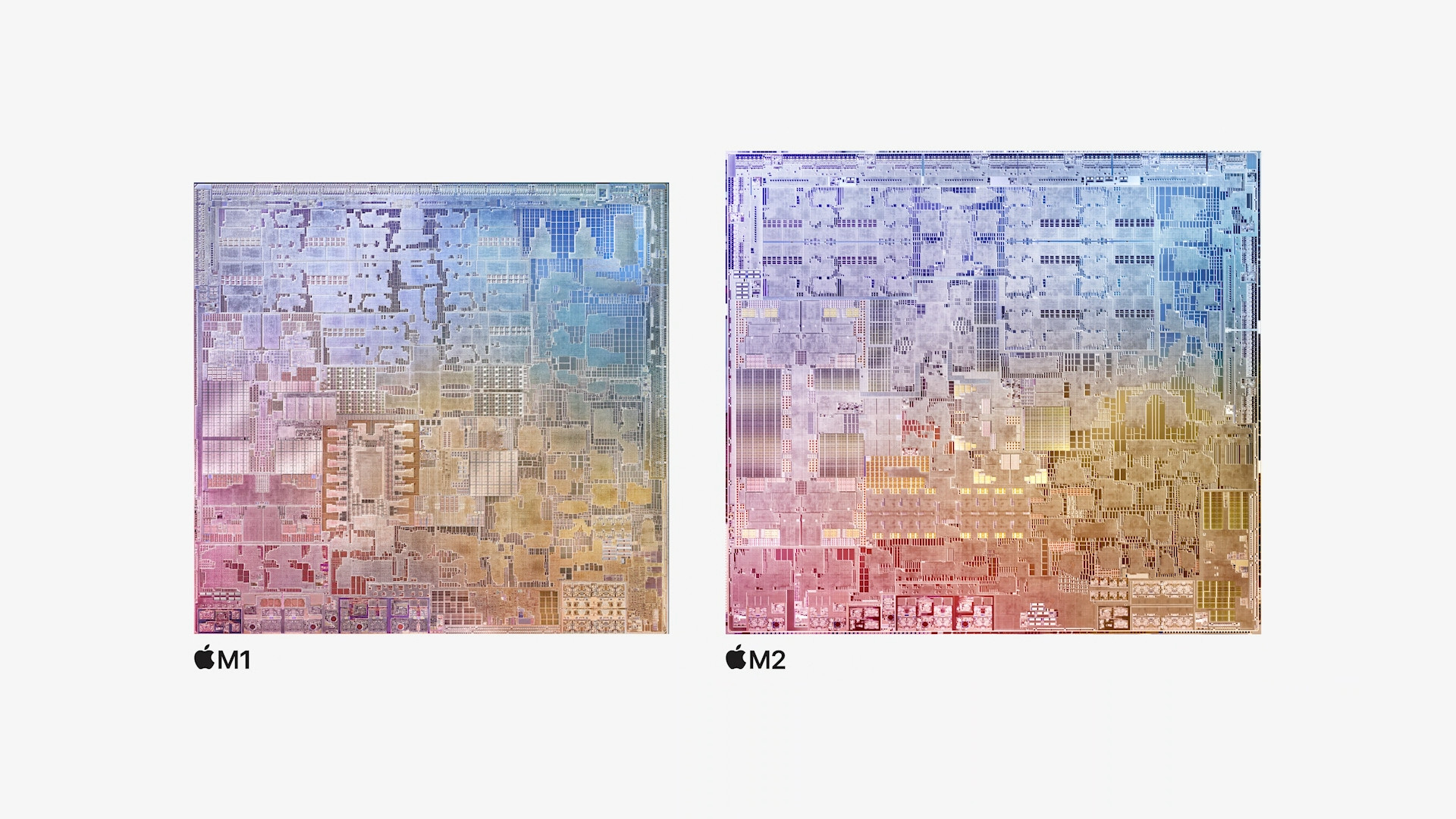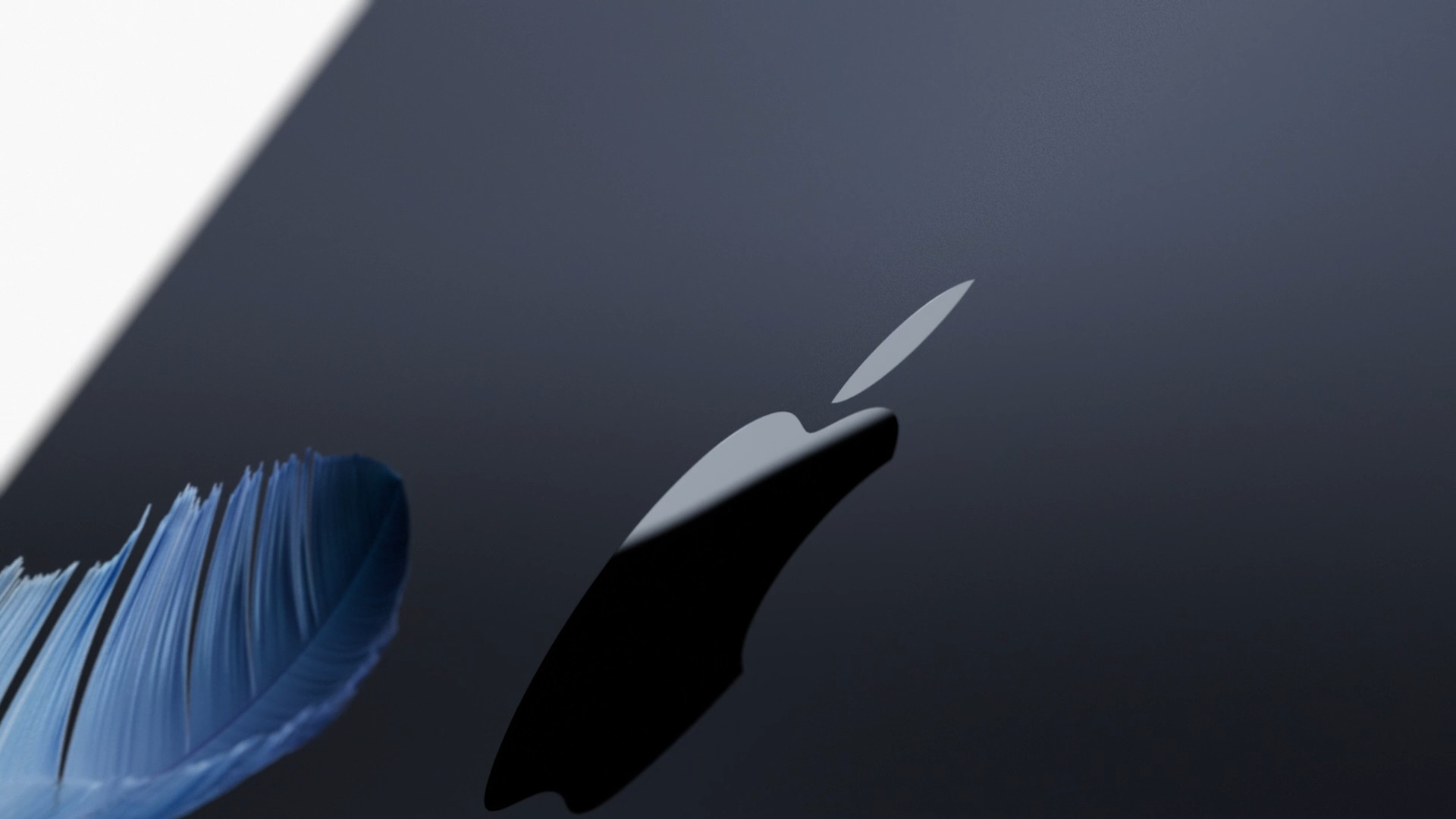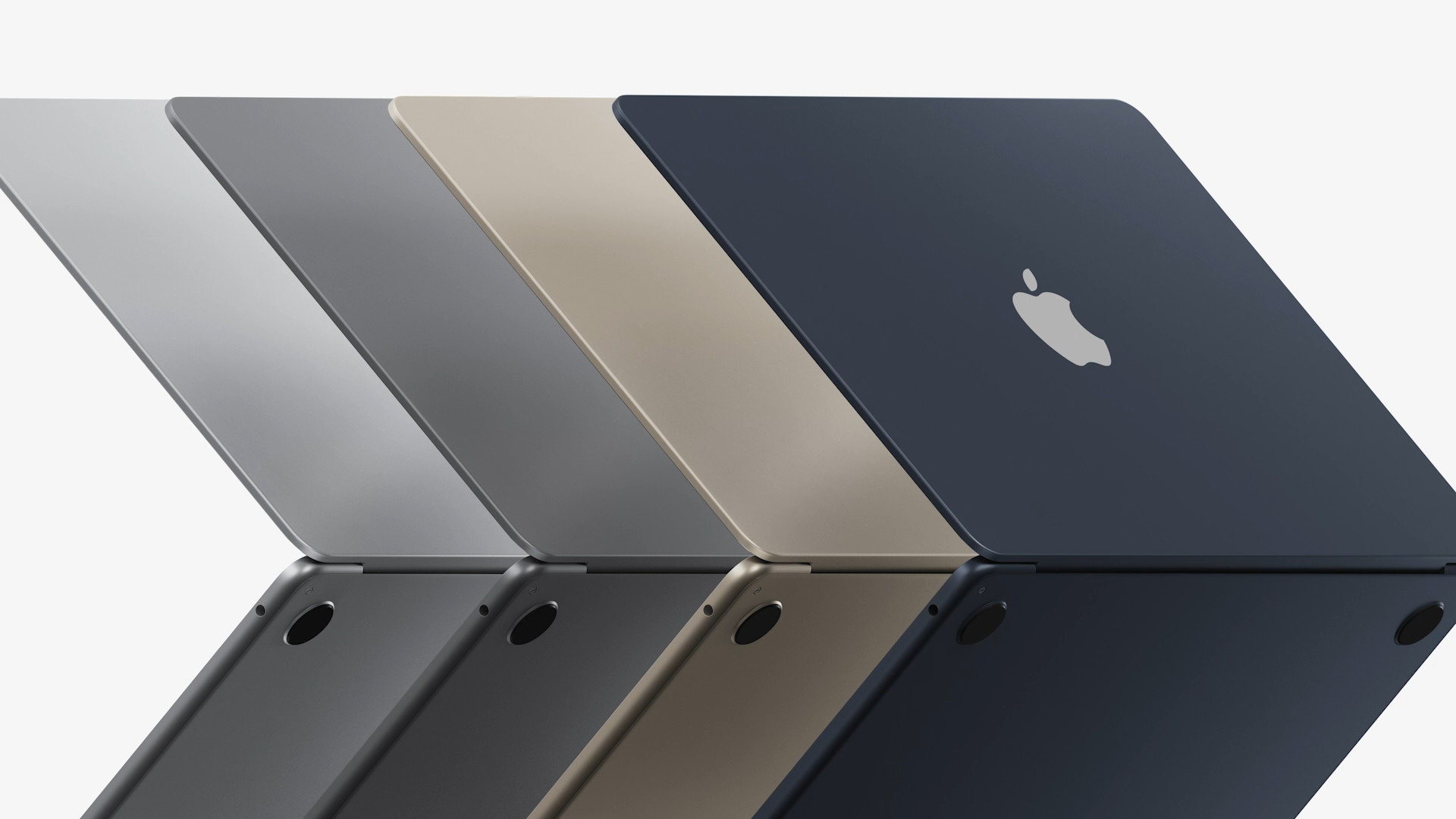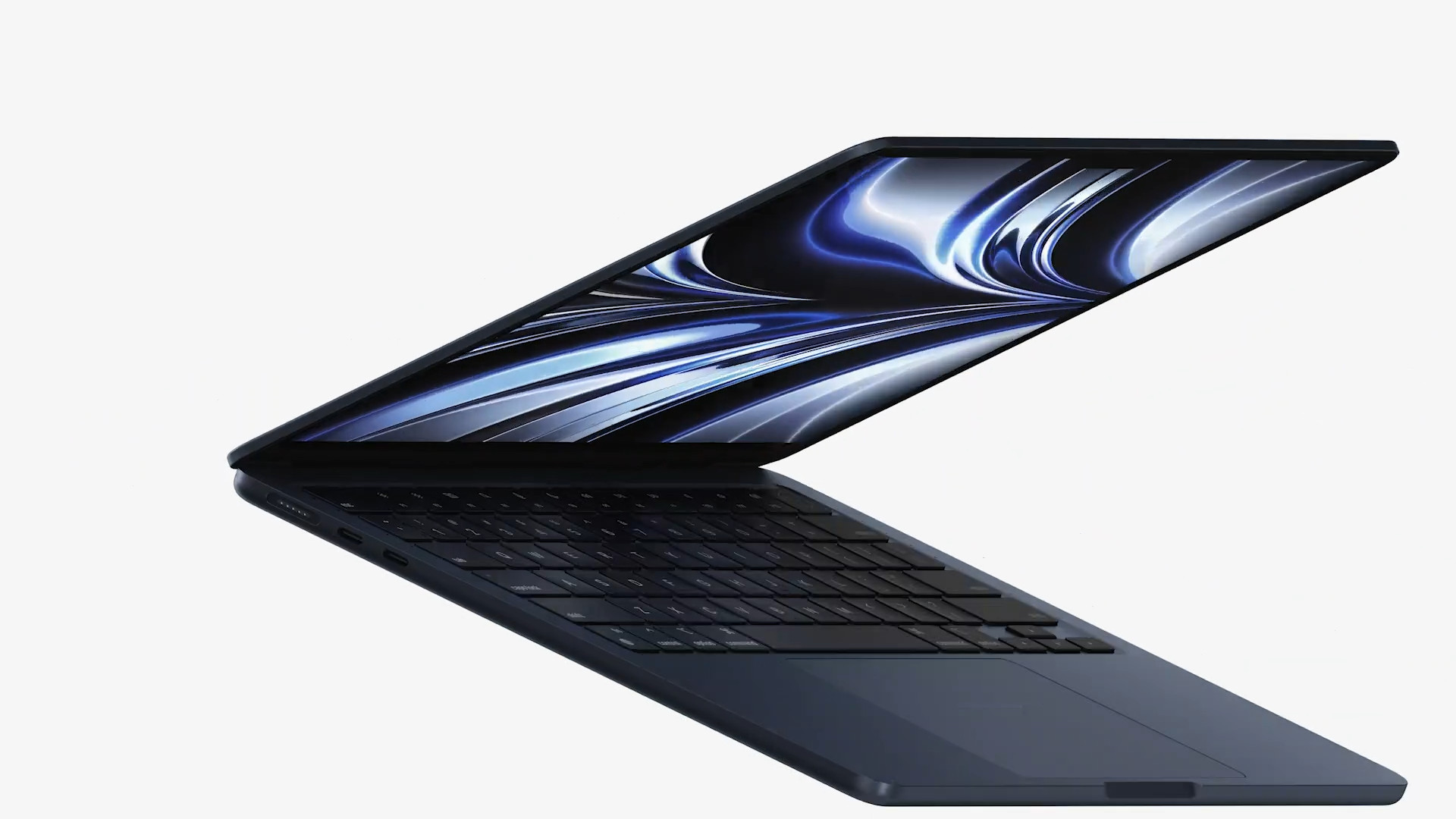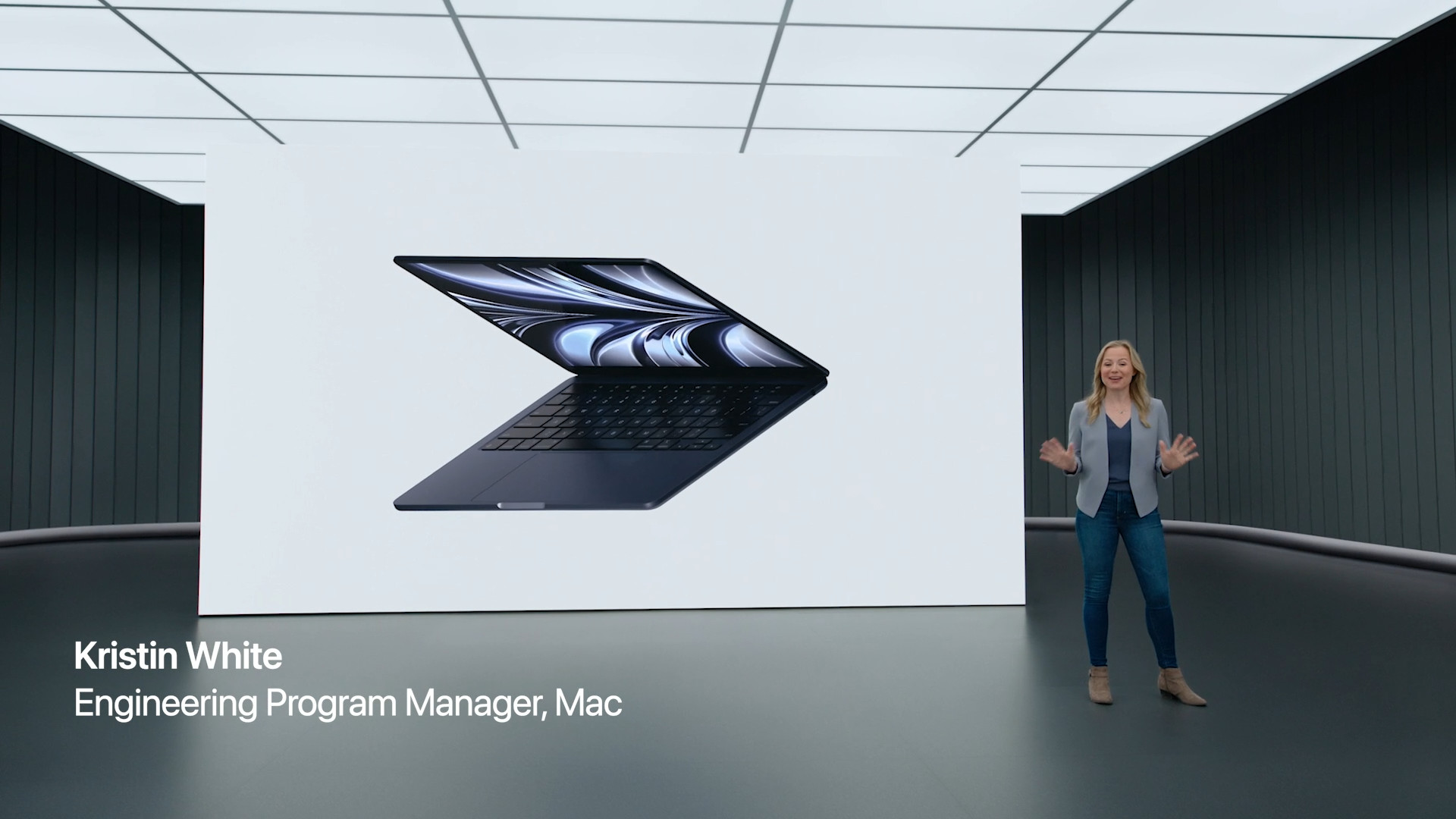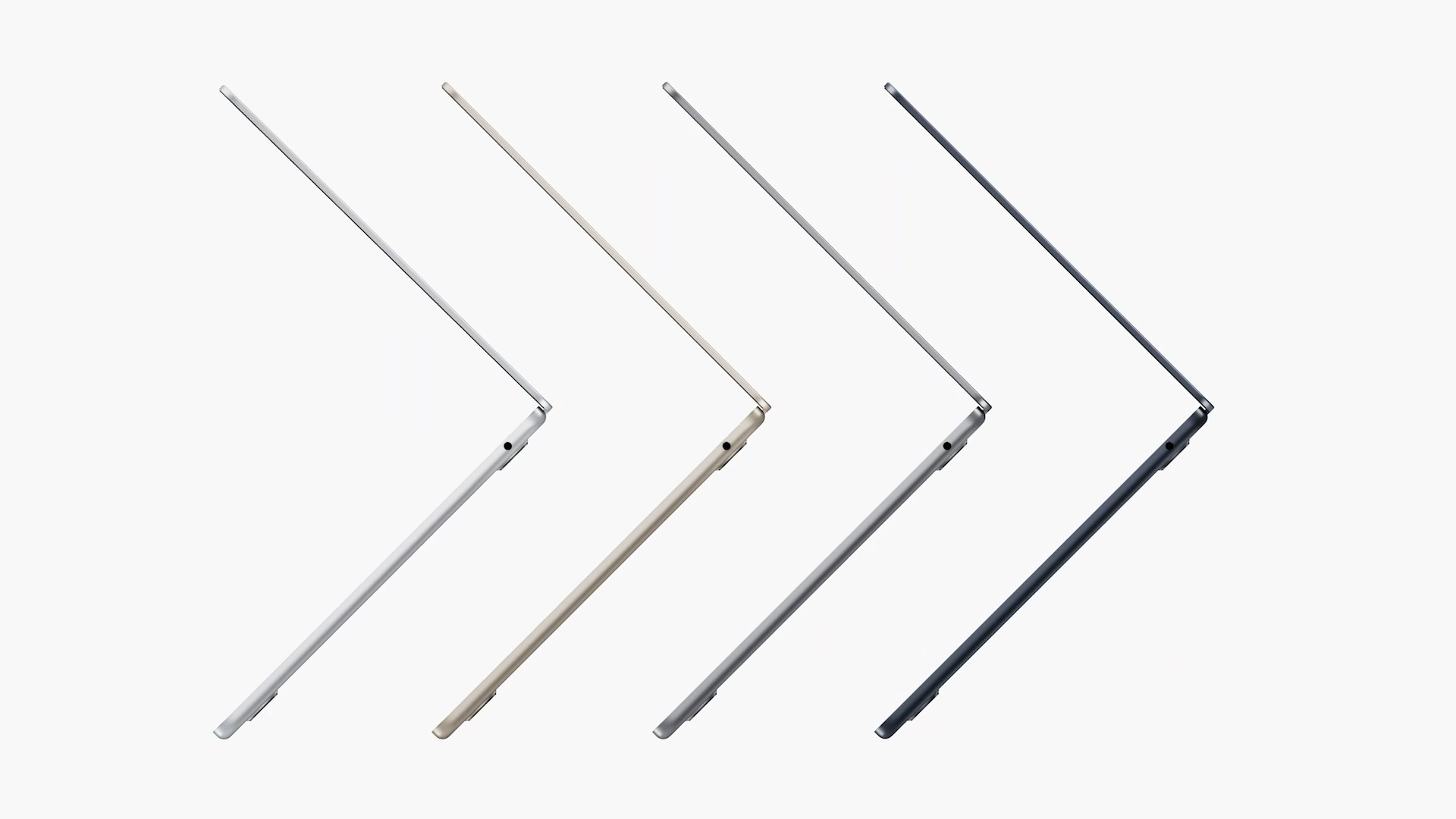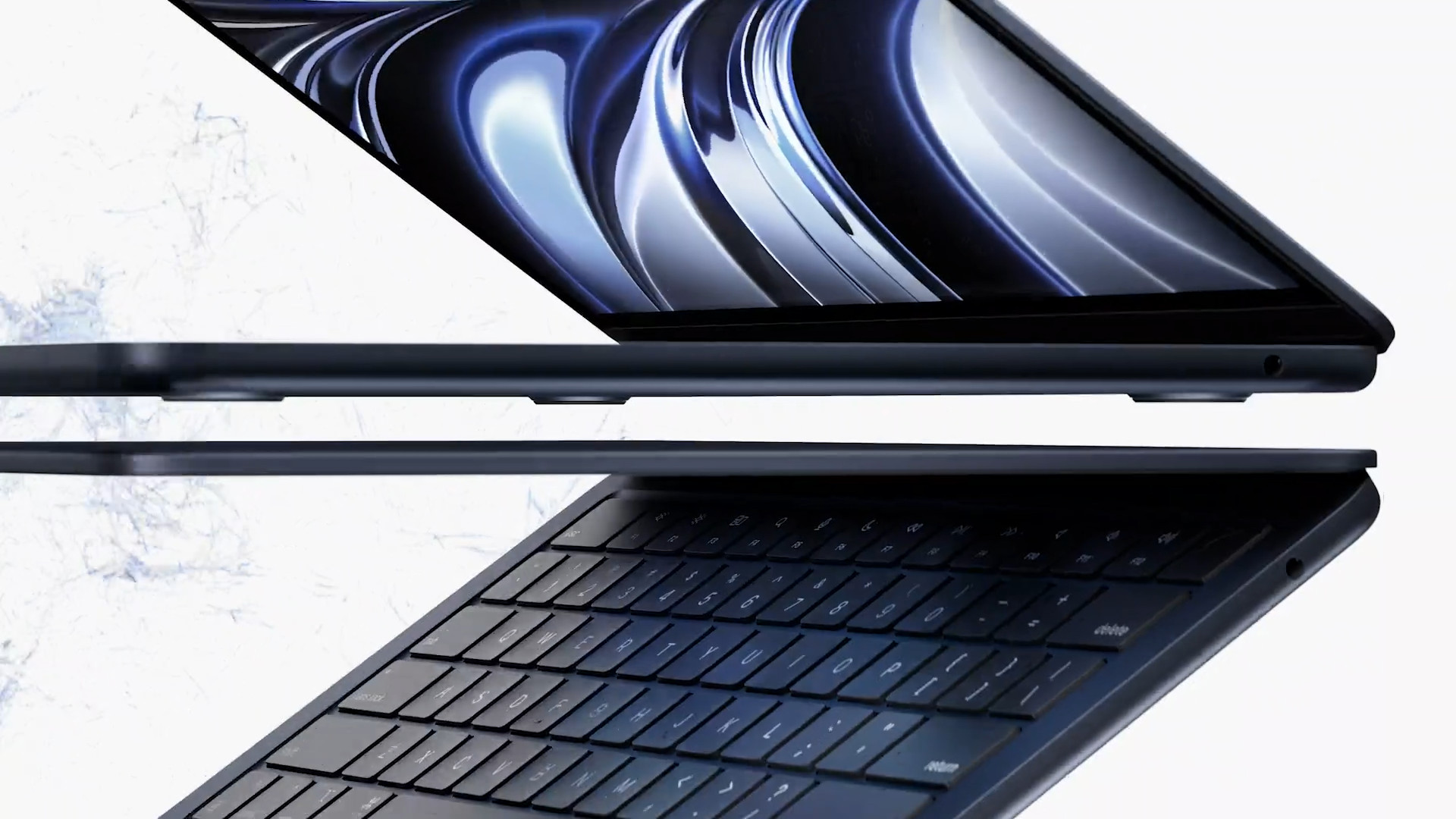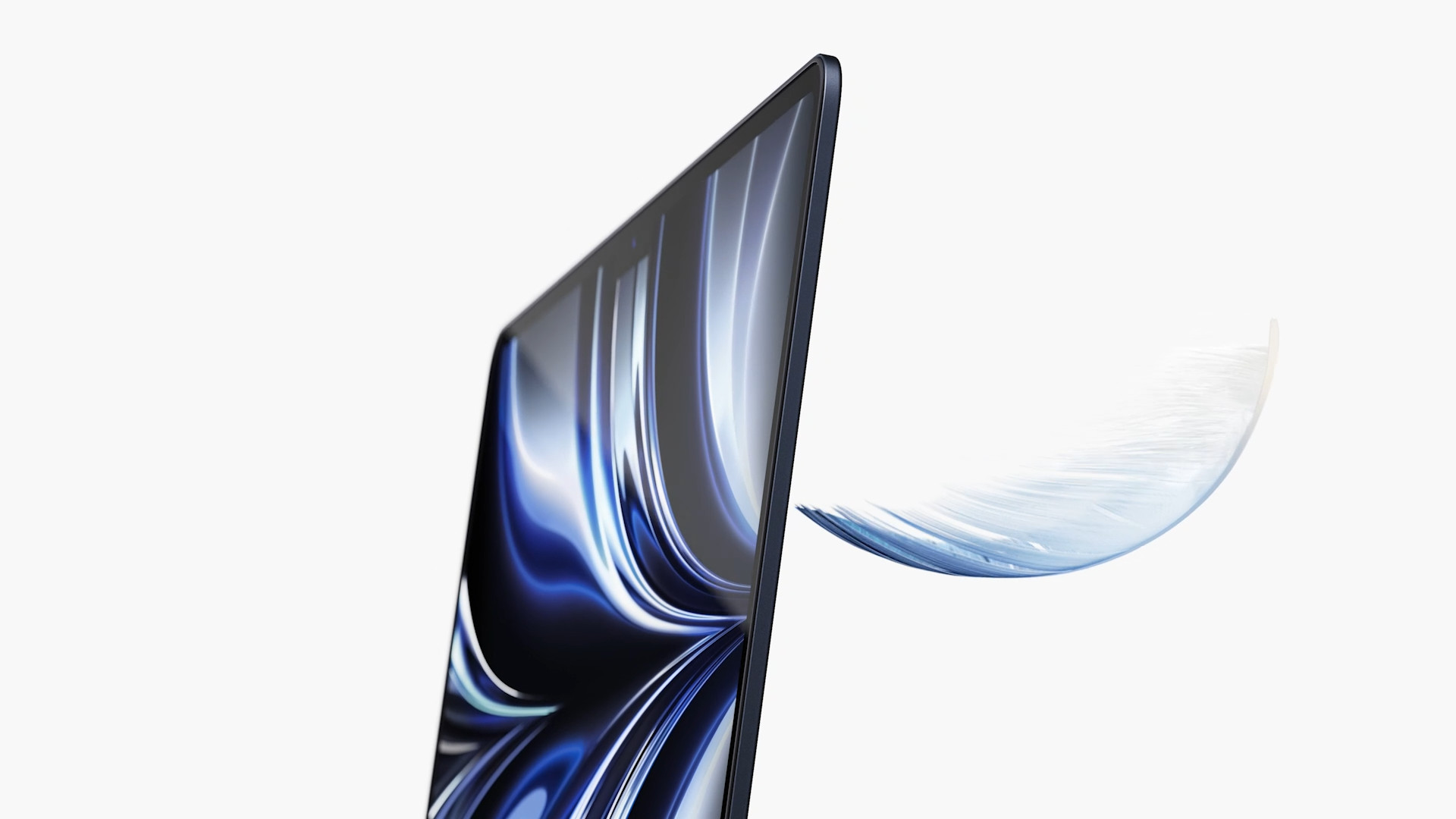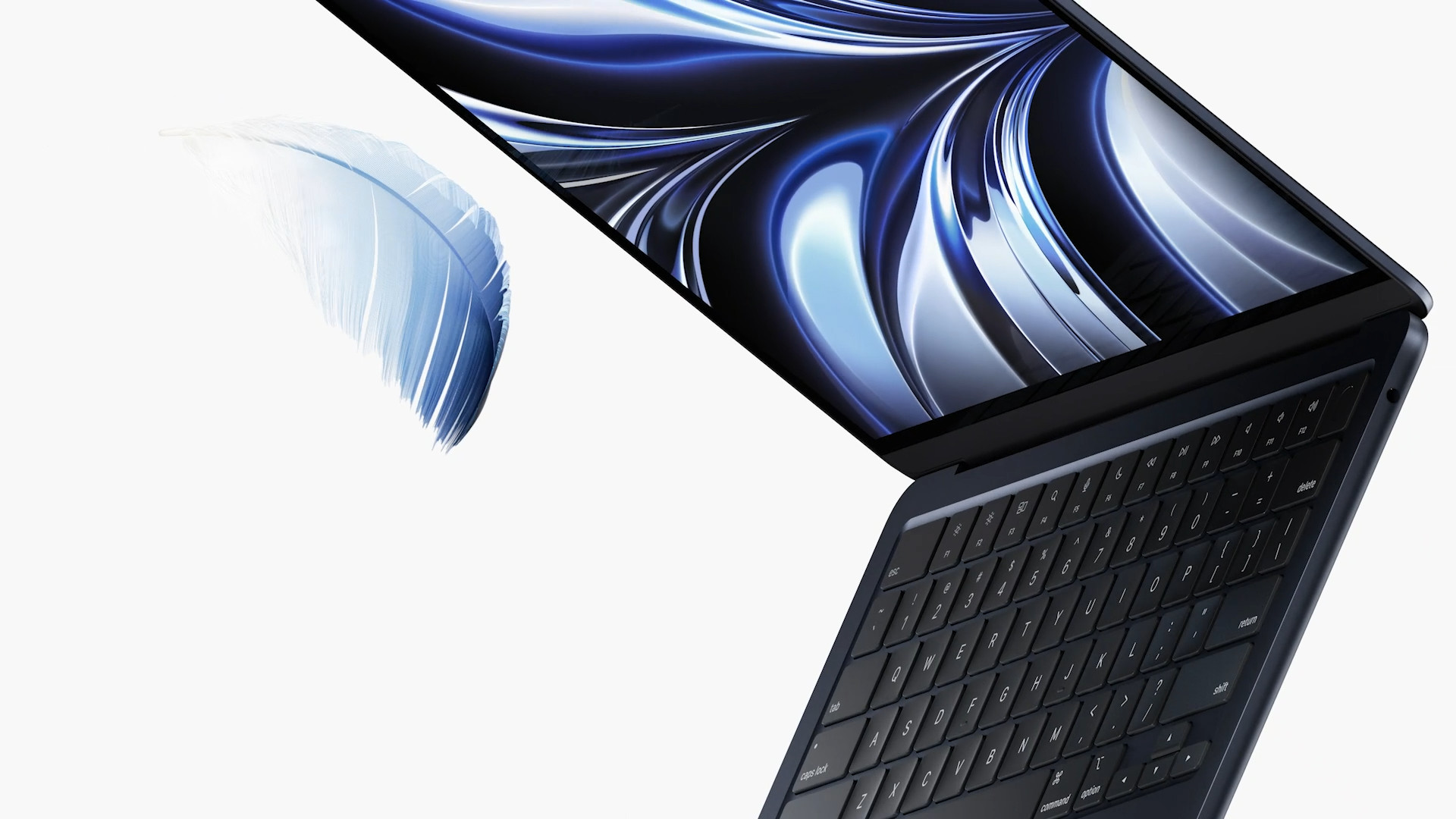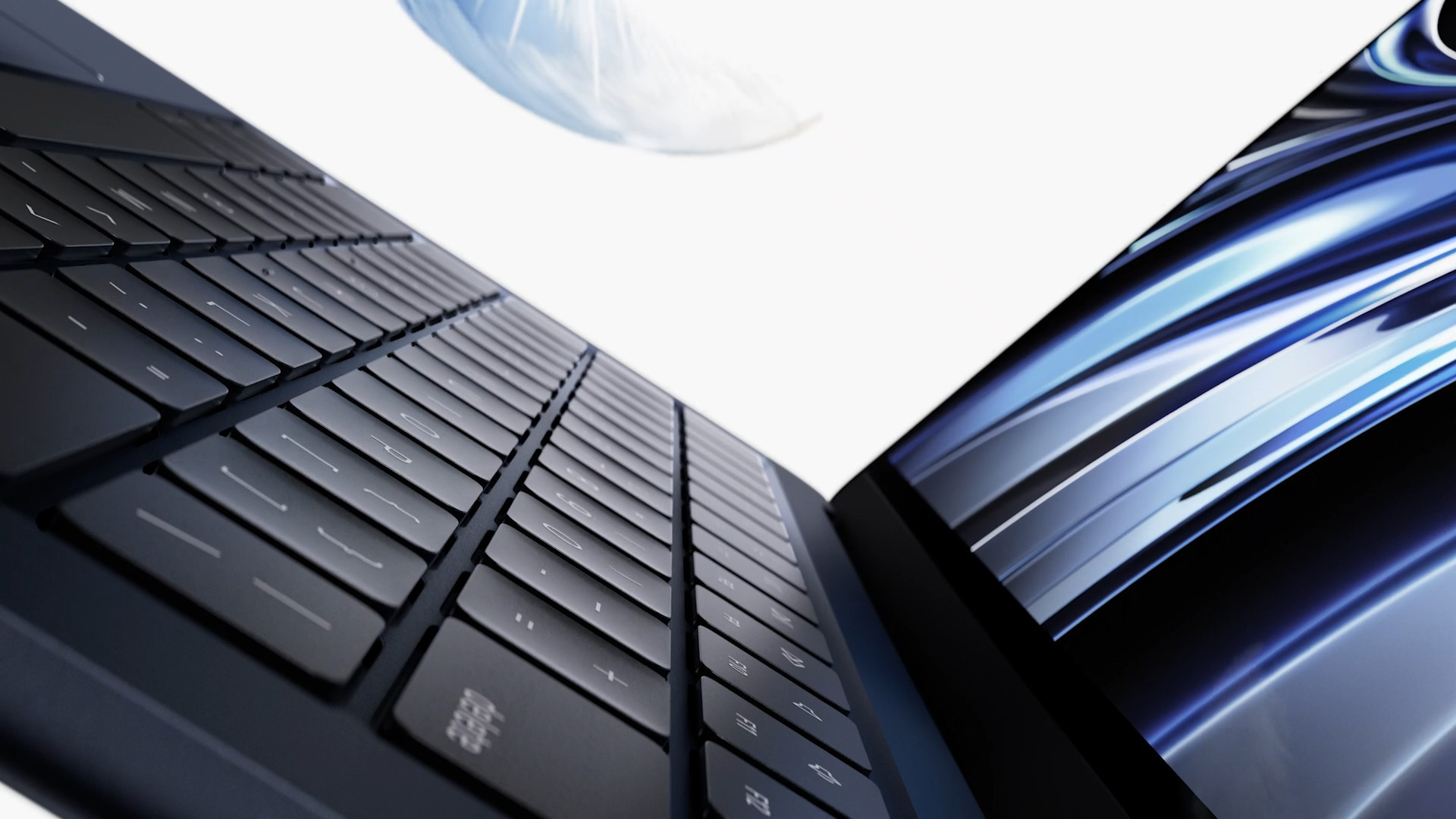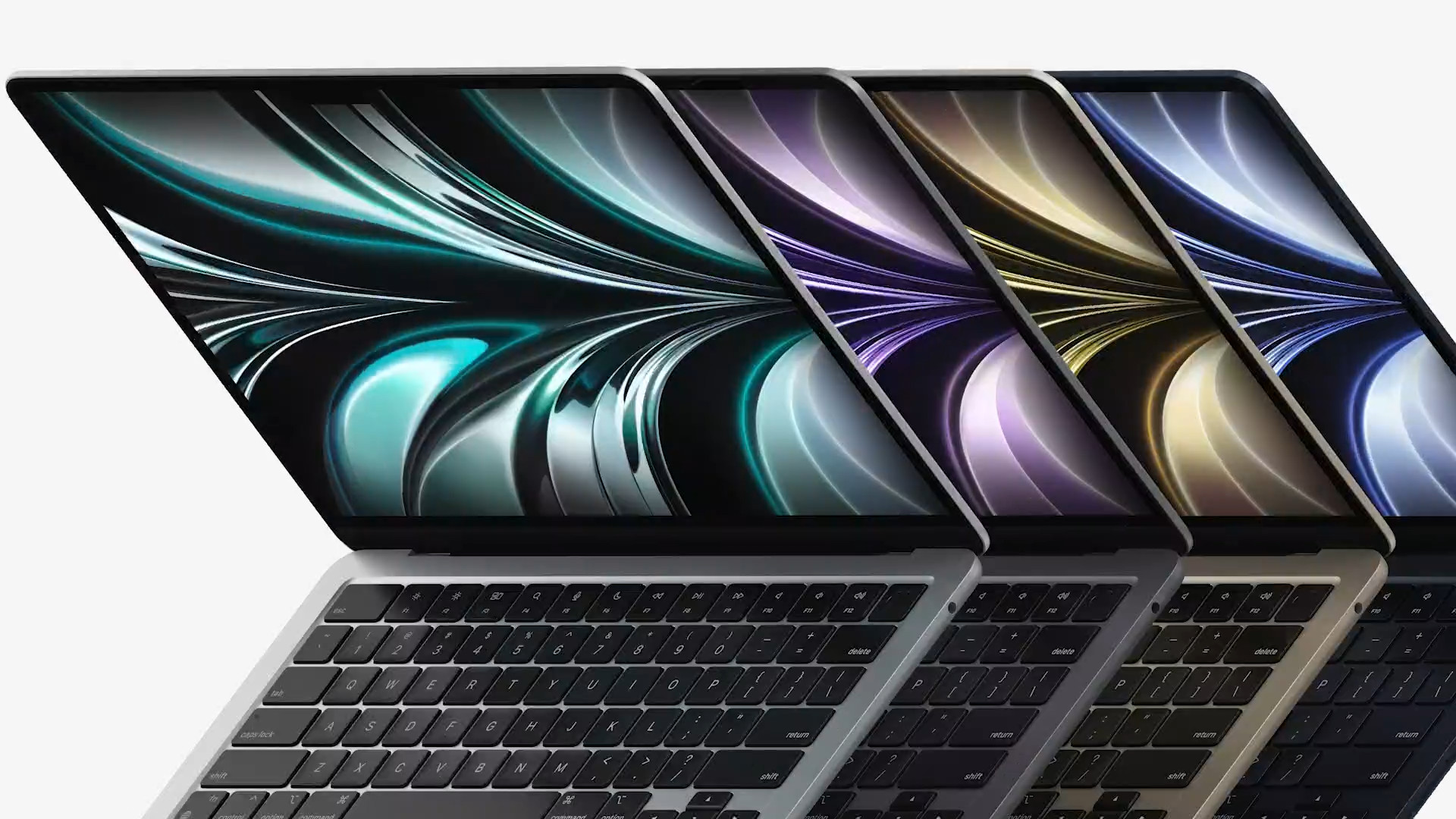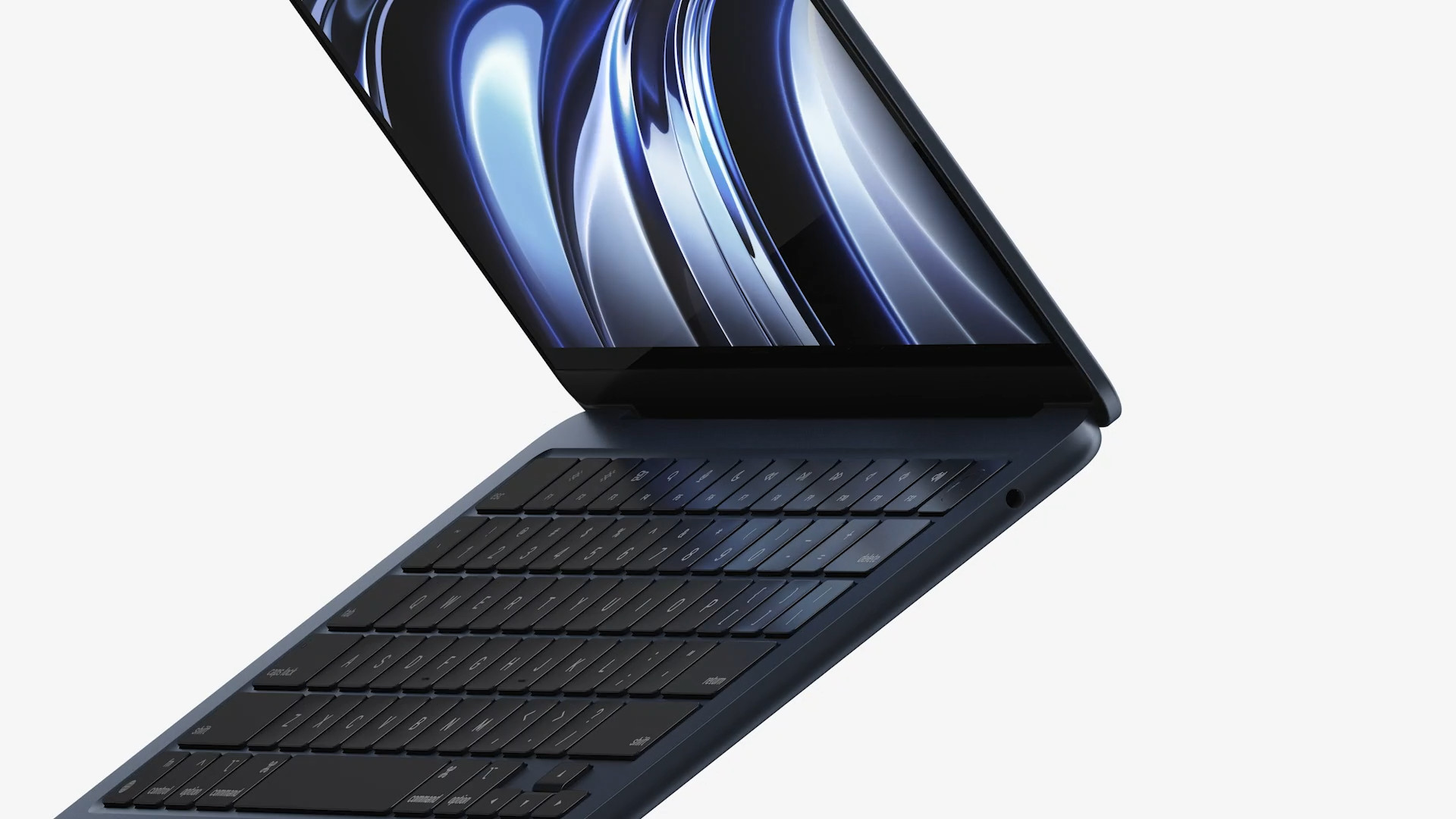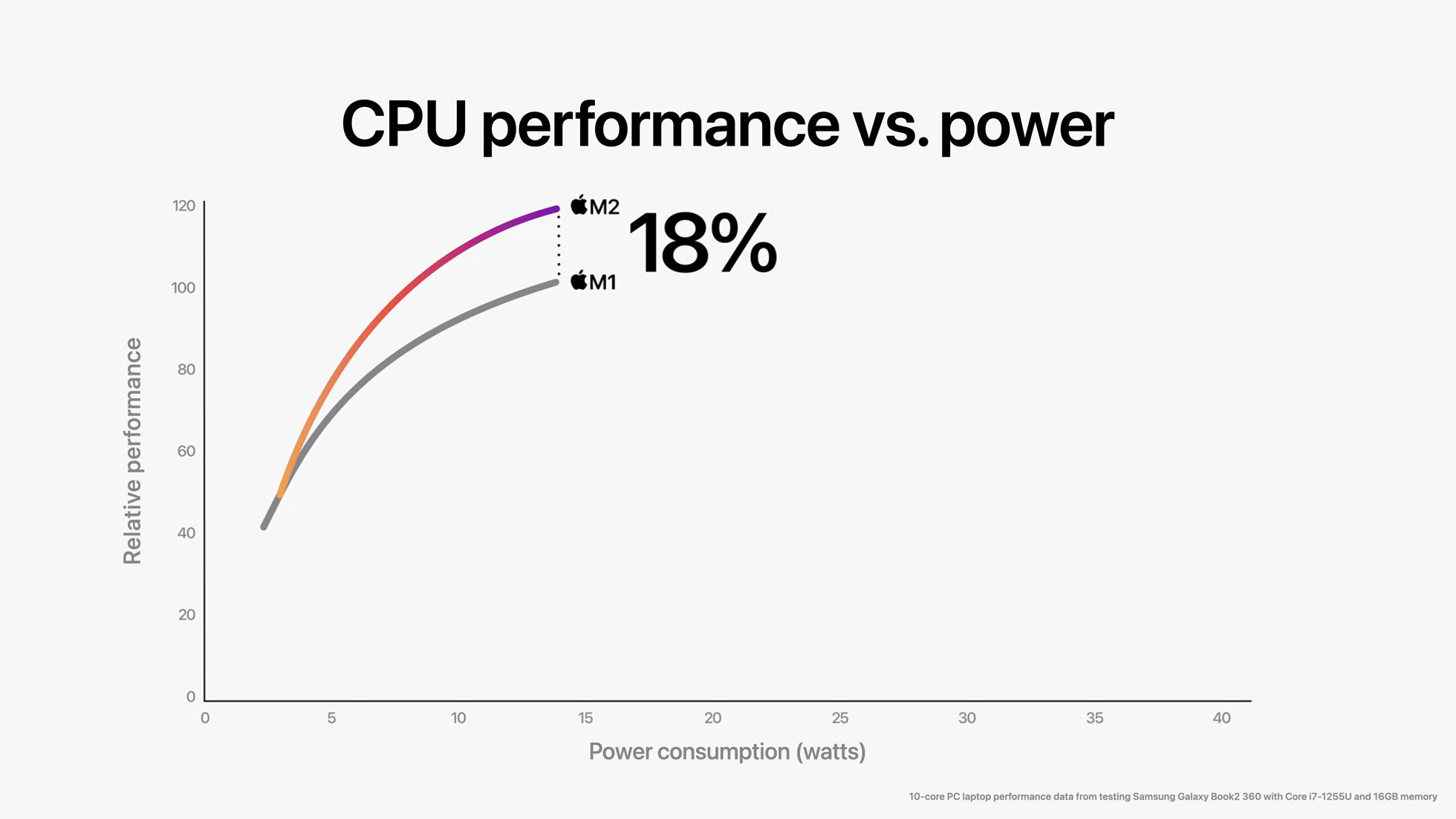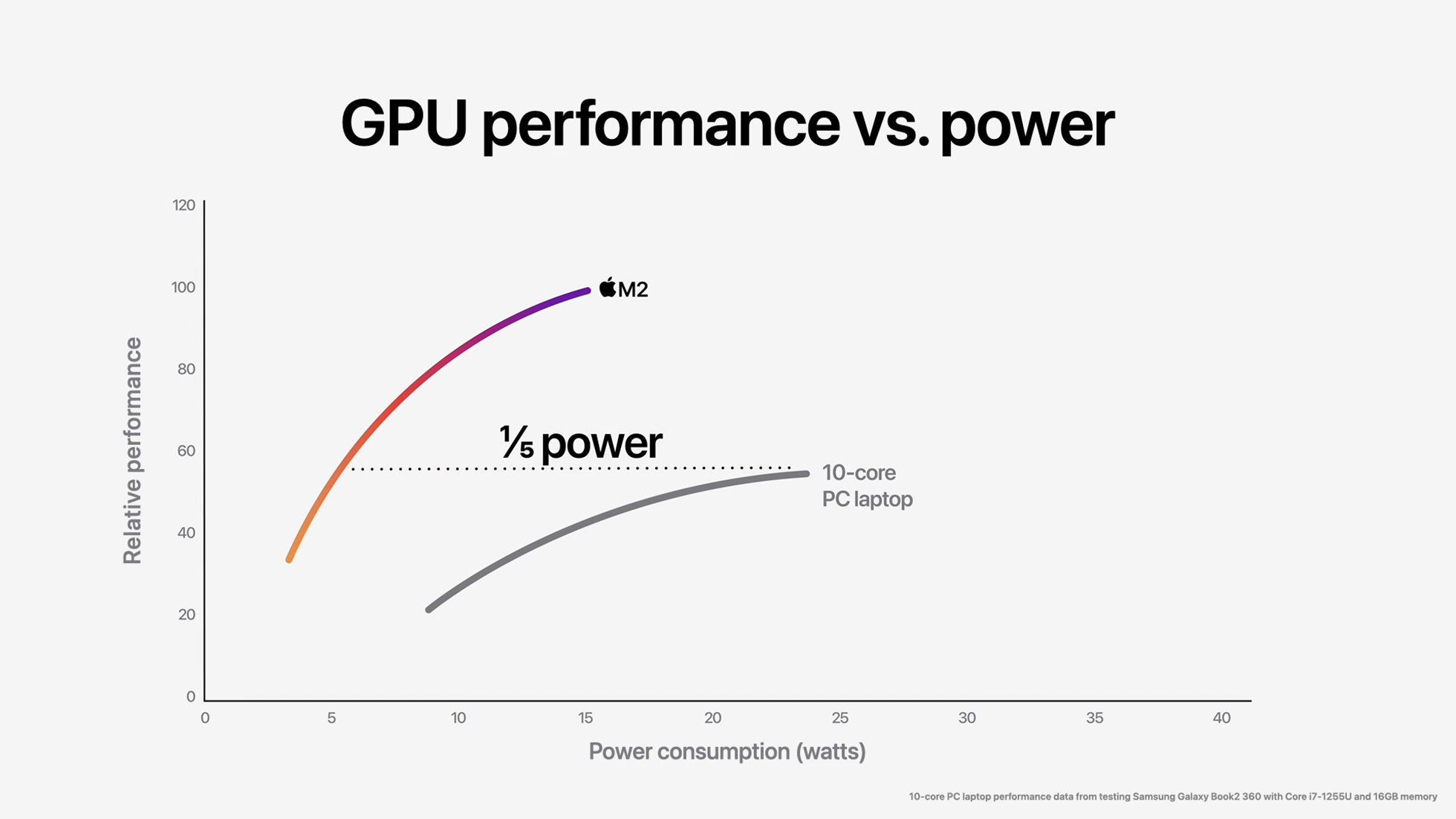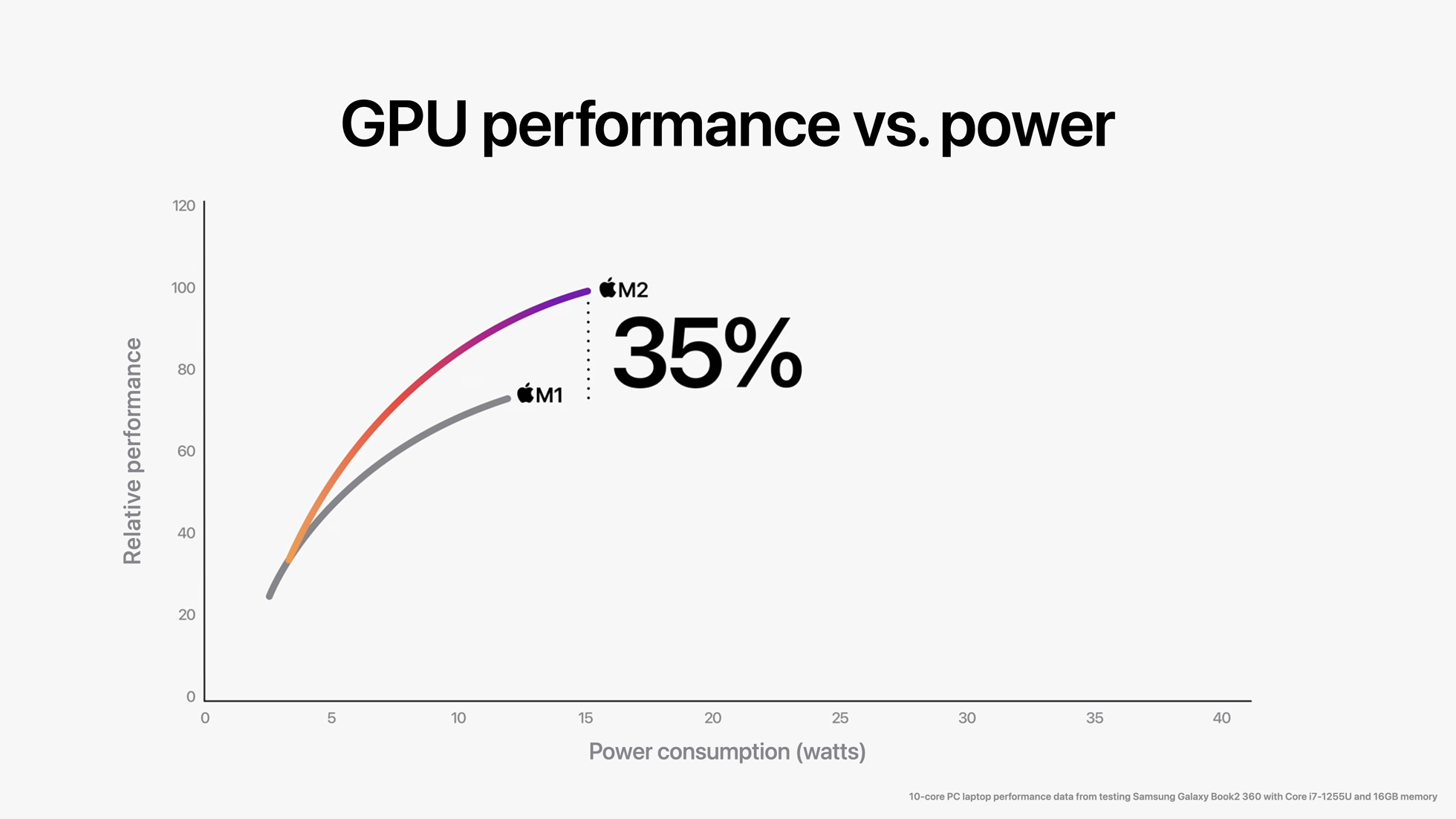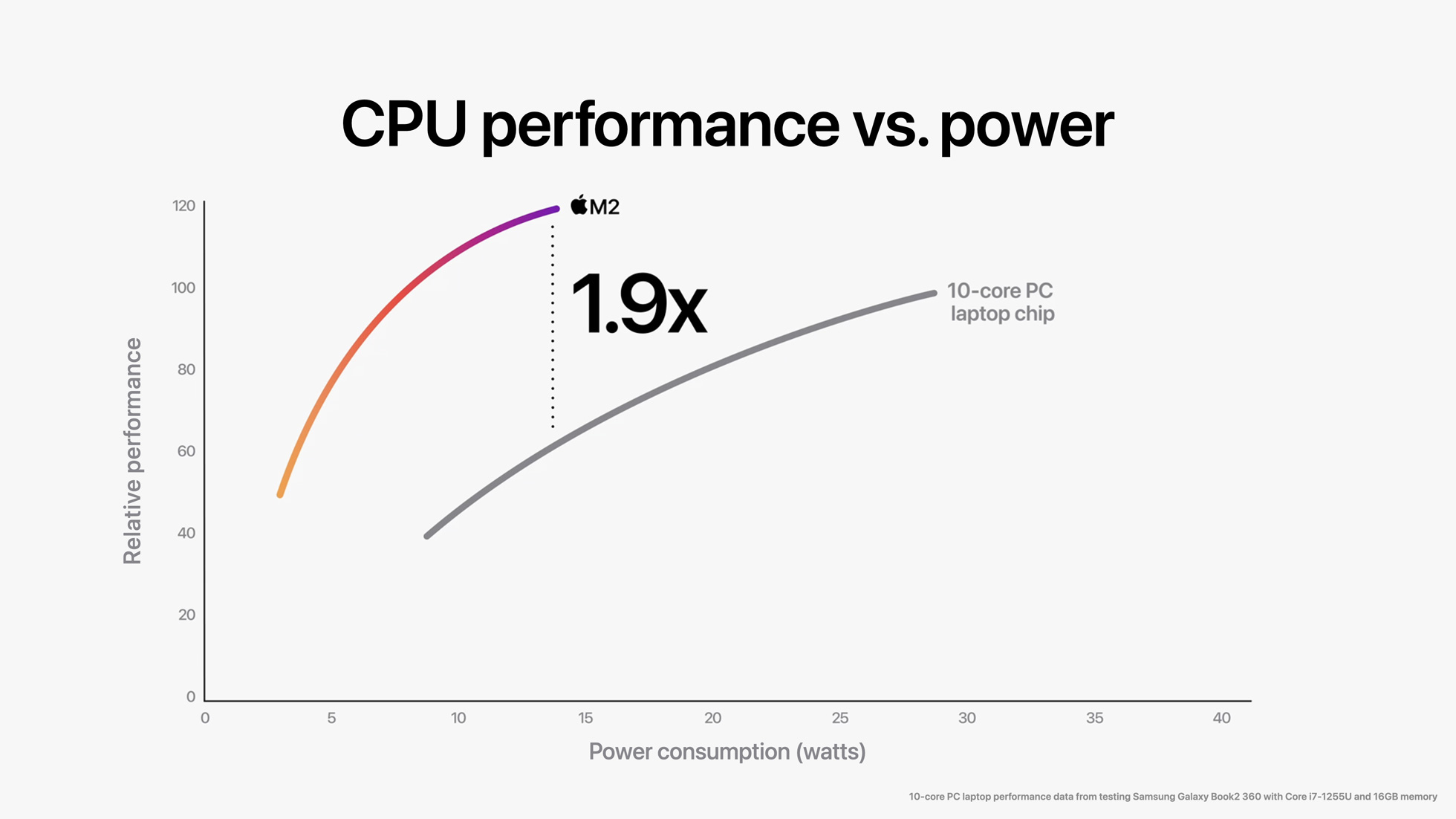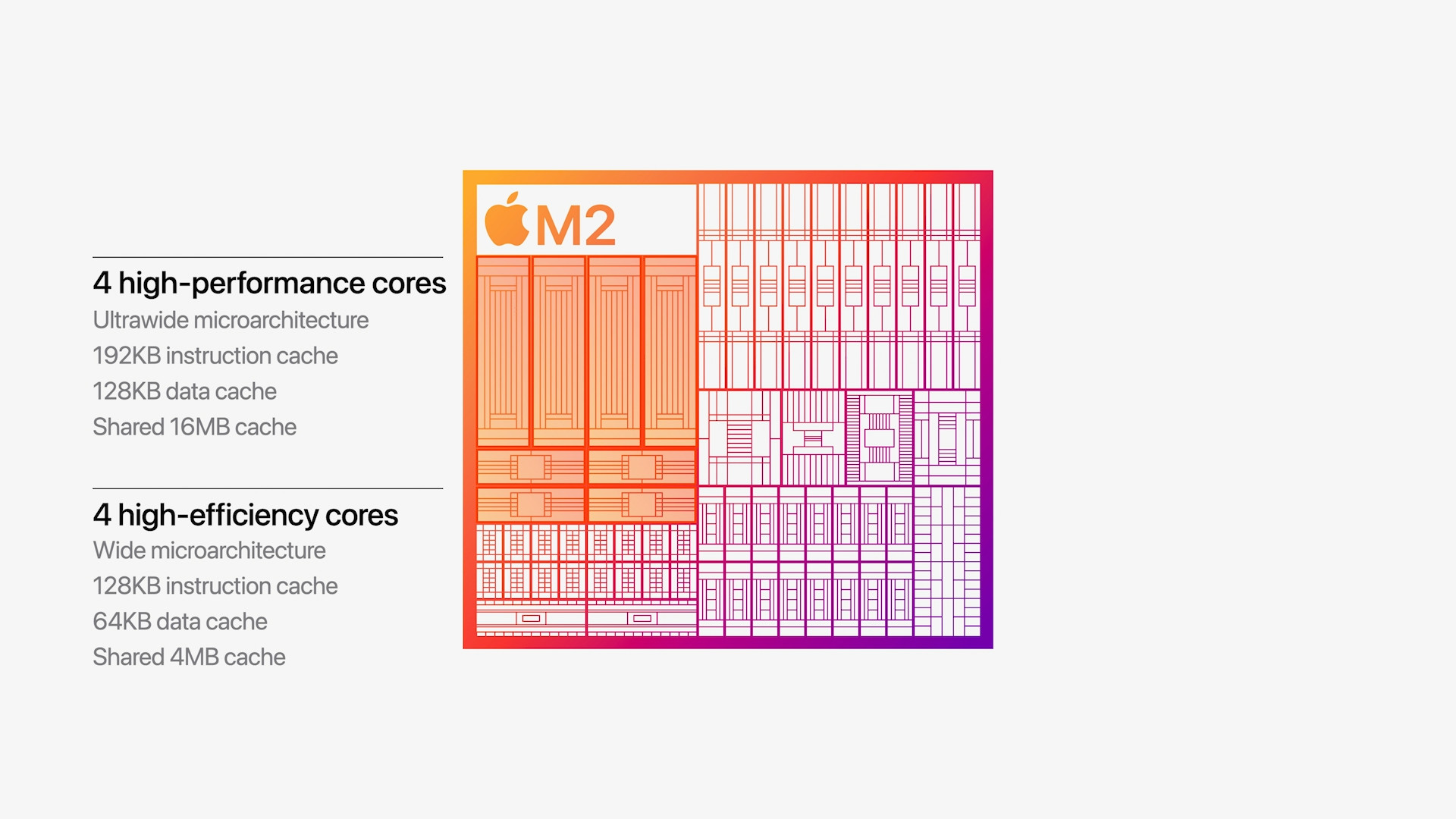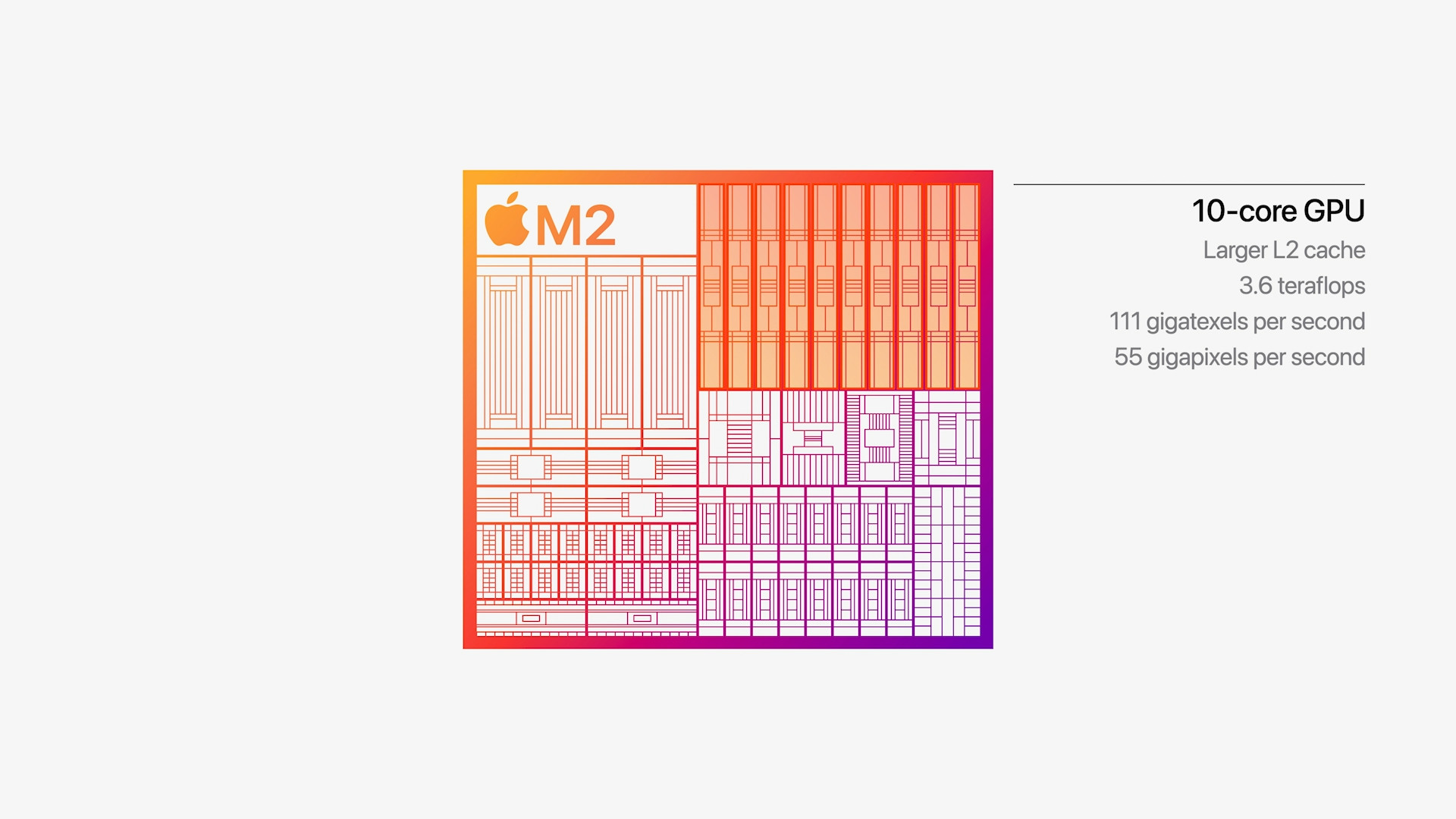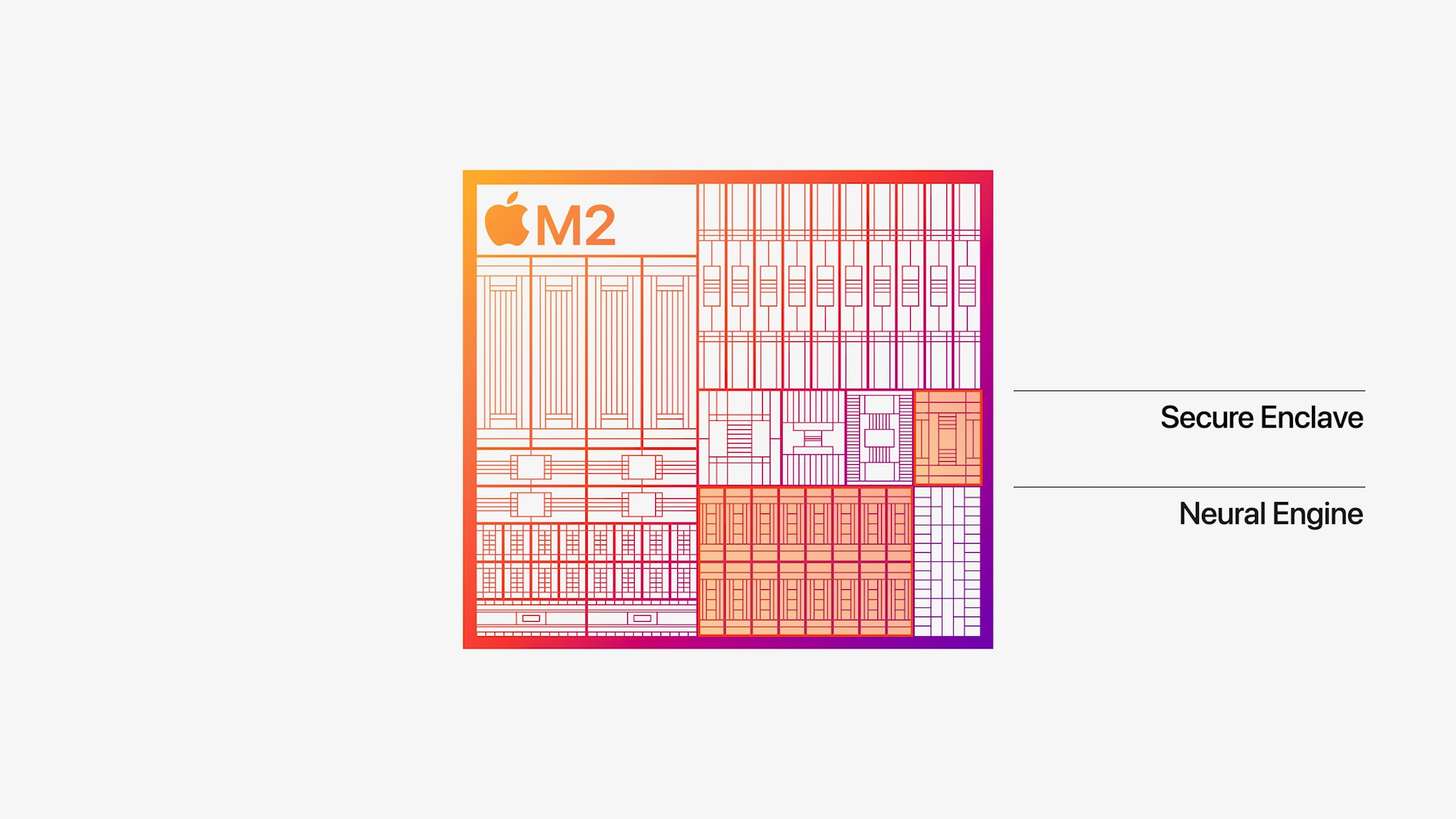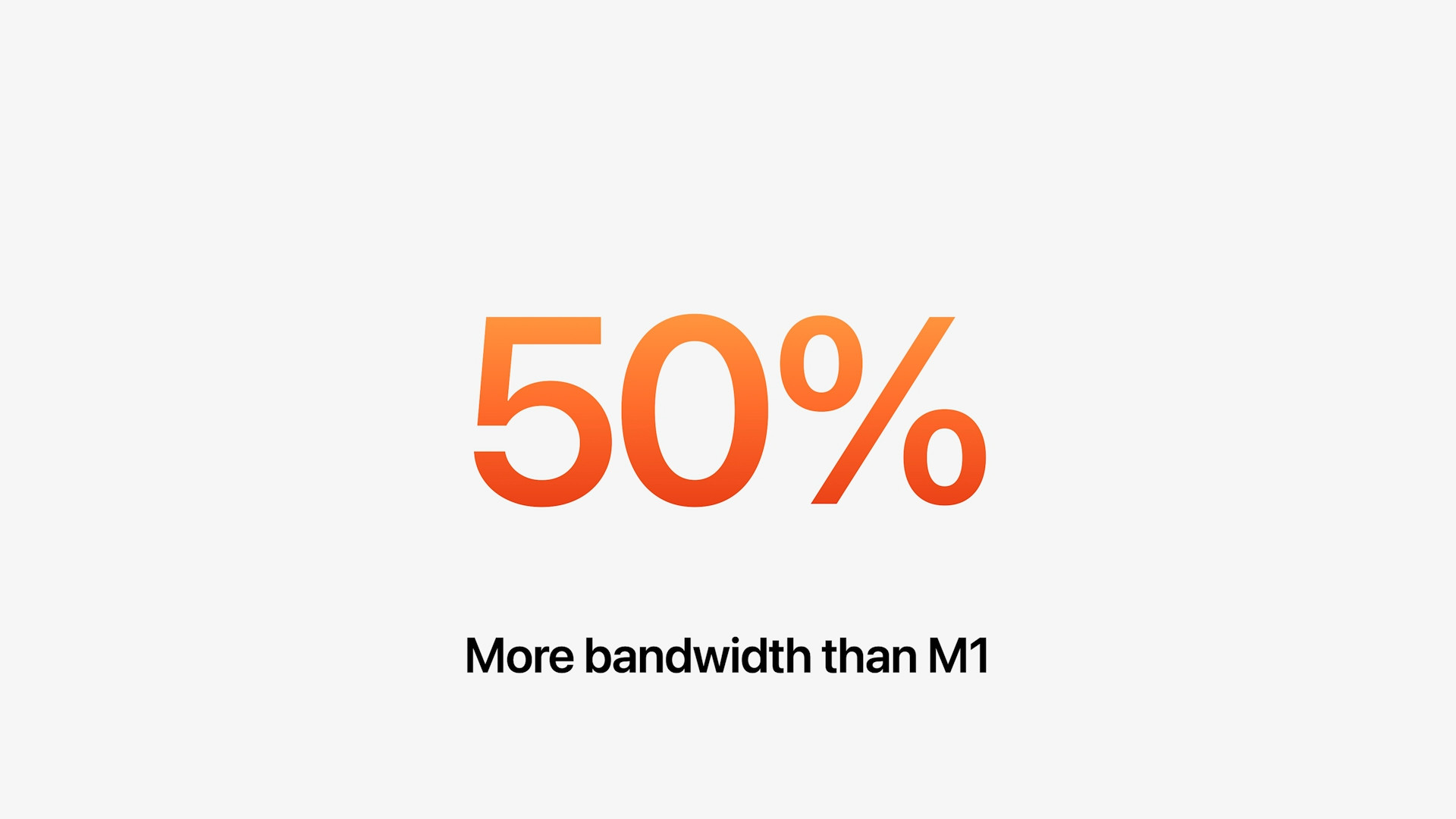At this year's developer conference WWDC22, we saw quite a few novelties. As expected, Apple came with new systems in the form of iOS and iPadOS 16, macOS 13 Ventura and watchOS 9, but in addition, we also saw the introduction of the new M2 chip, which Apple installed in the 13″ MacBook Pro and the completely redesigned MacBook Air. In this article, we'll take a look at the new M2 chip and tell you 7 things you should know about it.
It could be interest you

It's an SoC
When most people think of a computer, they think of a body that houses a few basic components: a processor (CPU), a graphics accelerator (GPU), memory (RAM), and storage. All these components are then connected via the motherboard and form a whole. However, this does not apply to devices with Apple Silicon chips, as they are so-called systems on a chip, i.e. System-on-Chip (SoC). Specifically, this means that practically the entire computer is on a single chip - in the case of Apple Silicon, it is the CPU, GPU and unified memory, so the single storage is out of the question.

Number of cores
If you're interested in what's going on in the world of Apple, you've probably noticed the first ever Apple Silicon chip labeled M1. The new M2 is a direct successor to this chip and is expected to come with several improvements. As for the CPU cores, the M2 offers a total of 8, just like the M1 chip. However, we can see the difference in the GPU - here the M2 has either 8 cores or 10 cores, while the M1 has "only" 8 cores (or 7 cores in the basic MacBook Air M1). In the CPU field, the M2 chip improved by 1% compared to the M18, and in the GPU field by up to 35%.
Greater unified memory
On the previous page, we said that the M2 mainly offers a more powerful GPU with up to 10 cores. The truth is that we have seen something similar with unified memory. With the M1 chip, users could only choose from two variants – the basic 8 GB and possibly 16 GB for more demanding users. However, this 16 GB may not have been enough for some users, so Apple came up with a new top-of-the-line memory variant with a capacity of 2 GB for the M24 chip. Users with devices with M2 have a choice of three variants of uniform memory and thus even very demanding individuals will find their way.
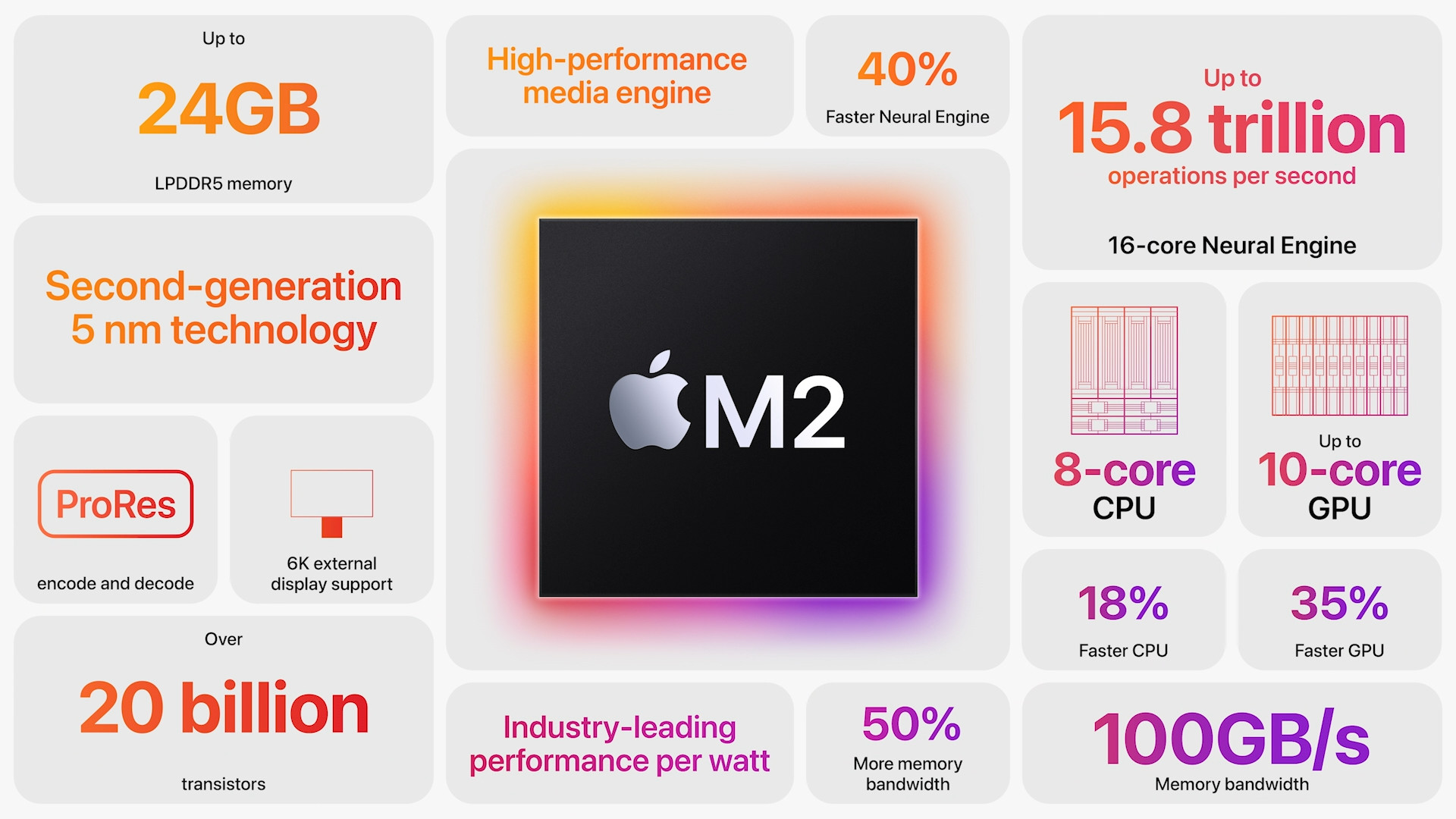
Memory throughput
Its bandwidth is also directly related to the unified memory, which is a very important figure. Memory throughput specifically indicates how much data per second the memory can work with. While for the M1 chip it was about 70 GB/s, in the case of the M2 memory there was a drastic increase to 100 GB/s, which ensures even faster operation.
Number of transistors
Transistors are an integral part of any chip, and simply speaking, their number can be used to determine how complex a particular chip is. Specifically, the M2 chip has 20 billion transistors, while the M1 chip has slightly fewer, namely 16 billion. A few decades ago, on the topic of the number of transistors, Moore's Law was established, which states that “the number of transistors that can be placed on an integrated circuit will double roughly every 18 months while maintaining the same price”. Currently, however, this law no longer applies, as over time increasing the number of transistors in chips is more and more complicated.

Manufacturing process
Another important piece of information related not only to the chip, but mainly to its transistors, is the manufacturing process. This is currently given in nanometers and determines the distance between two elements on the chip, in this case between electrodes in transistors. The smaller the production process, the better the space on a particular chip is used (the gaps are smaller). The M1 chip is manufactured using a 5nm manufacturing process, just like the M2. It should be mentioned, however, that the new M2 chip uses the second-generation 5nm manufacturing process, which is slightly better than the first generation. For the following chips, we should wait for the deployment of the 3nm production process, so we will see if it will be successful.
Media engine
The last thing you should know about the M2 chip is that it has a media engine that the previous M1 chip could not boast of and only the M1 Pro, Max and Ultra chips have. The media engine will be particularly appreciated by individuals who work with video on a Mac, i.e. that they edit, cut and render the video. The media engine can better optimize work with video and significantly speed up the final render. Specifically, the media engine in Apple Silicon chips supports hardware acceleration of H.264, HEVC, ProRes and ProRes RAW codecs.
